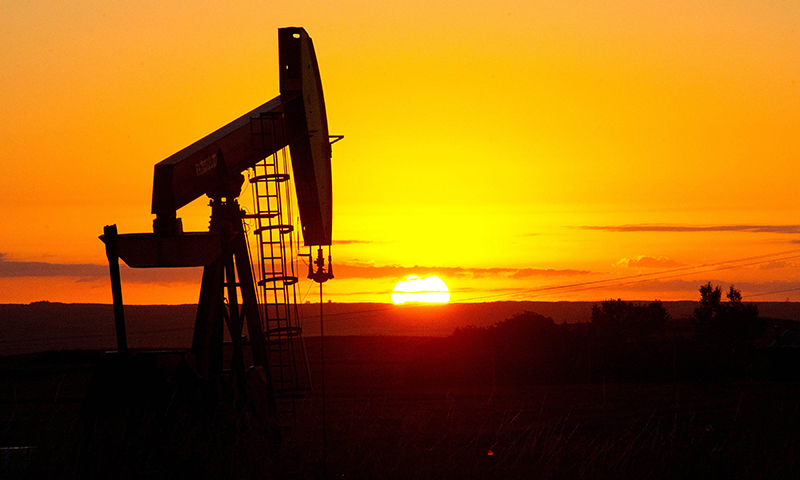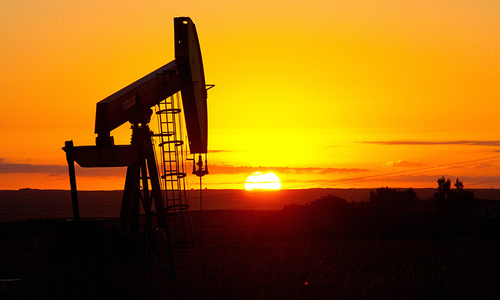Oil has been see-sawing within a narrow band, over the last couple of weeks. At times it did attempt to break its shackles and go beyond. But then, it had to claw back, on one pretext or the other.
The last week was no exception.
Early in the week, markets shed a lot of weight. US market data was responsible for a lot of this flurry. After all, the US takes a lead in reporting consumption, production and inventory figures on a regular basis. No other country comes closer to reporting the figures. Market sentiments thus take a lot of cue from the US scenario.
Last week also, futures fell after the US Energy Information Administration (EIA) revealed the first rise in US crude inventories since early June. The US, domestic crude inventories expanded by 2.39 million barrels, snapping a seven-week string of declines. The build-up in inventory was related to lower consumption in the US — the world’s largest economy.
Gasoline stockpiles in the US were also reported expanding, an alarming development during what is typically the peak demand season. It rose to 4.4 million barrels, and distillates rose 1.5 million, with both fuels in the Gulf Coast region hitting their highest on record for this time of year.
Oil was also swept up in a global meltdown of stock and commodity markets after rate cuts in New Zealand, India, and Thailand escalated recession fears and spurred a flight to US treasuries and other safe havens.
Oil was trading down again on Wednesday as the China-US trade war escalations hinted at a slowing economy, which would dent oil demand. China’s oil demand growth makes up a fair amount of global oil demand growth. Any slowdown in China’s consumption - or even the hint of one - depresses the markets.
Once the US President Donald Trump said he would slap a 10 per cent tariff on a further $300 billion in Chinese imports from Sept 1, crude markets began plunging.
“The market continues to trade lower on concerns about demand growth and the idea that economic growth can be impacted by the trade war,” Gene McGillian, vice-president of market research at Tradition Energy in Stamford, Connecticut was quoted as saying.
Consequent to all this, oil prices tumbled more than 4.5pc last Wednesday to a seven-month low.
All this led the US Energy Information Administration to lower its oil demand outlook for 2019 to 1 million barrels per day (bpd). The forecast came on top of an oil market that already fears a slowing demand for crude.
The Paris based IEA also seemed to share the view. In its monthly report, the IEA cut its forecasts for global oil demand this year and next due to projections of a weakening economy world-wide. It underlined the demand so far in 2019 has grown at its slowest pace since 2008.
Markets also seemed concerned about the possibility that China may begin importing larger volumes from the US sanctioned Iran, especially in view of the escalating trade war with Washington.
In case, China decides to defy the latest US tariff threat by ramping up imports of Iranian crude, oil prices could take a significant hit and plunge by as much as $20-$30 a barrel, Bank of America Merrill Lynch said in a report.
“While we retain our $60 a barrel Brent forecast for next year, we admit that a Chinese decision to re-initiate Iran crude purchases could send oil prices into a tailspin,” CNBC quoted BofA Merrill Lynch as saying in a note.
The issue of maritime security, along the strategically vital Strait of Hormuz, did try to support the crude markets, somewhat. But that didn’t appear enough. Ultimately, the Saudis had to scramble in.
Oil clawed back some losses, later in the week, after Saudi Arabia contacted fellow crude producers to discuss ways to halt the slide in prices.
Oil futures jumped on the news, by more than $1 a barrel on Thursday. Futures in New York rose 2.4 per cent in after-hours trading from Wednesday’s settlement. Bloomberg News reported the Saudis have decided the market slump is intolerable and all options are on the table.
With demand growth slowdown almost a certainty, for the time being at least the oil markets appear to stay confined to a narrow band between $50 and $60. Yet major headwinds, including an intensifying trade war between China and the US, has all the potential to bring it even lower.
Published in Dawn, August 11th, 2019










































